-
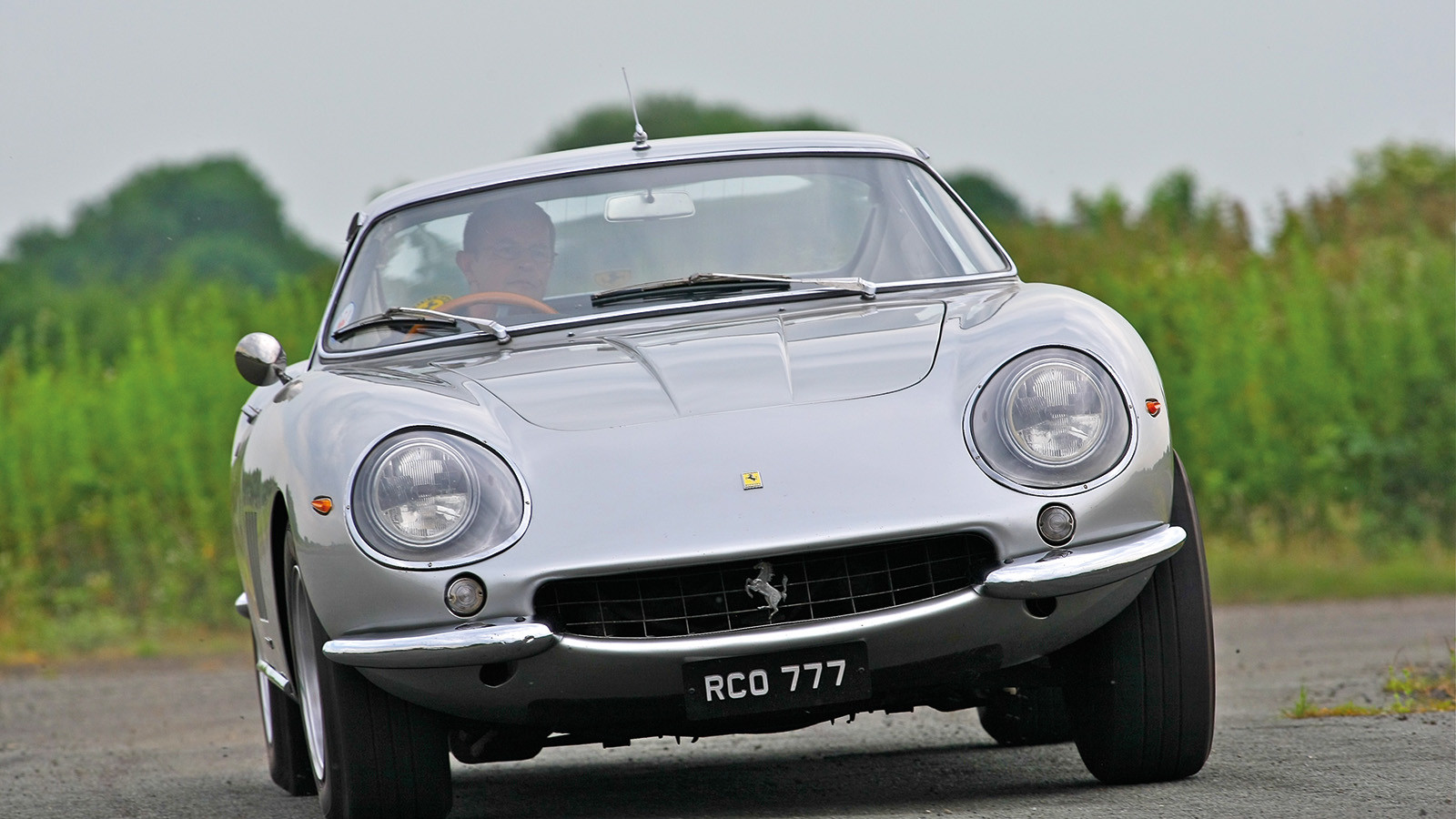 © Julian Mackie/Classic & Sports Car
© Julian Mackie/Classic & Sports Car -
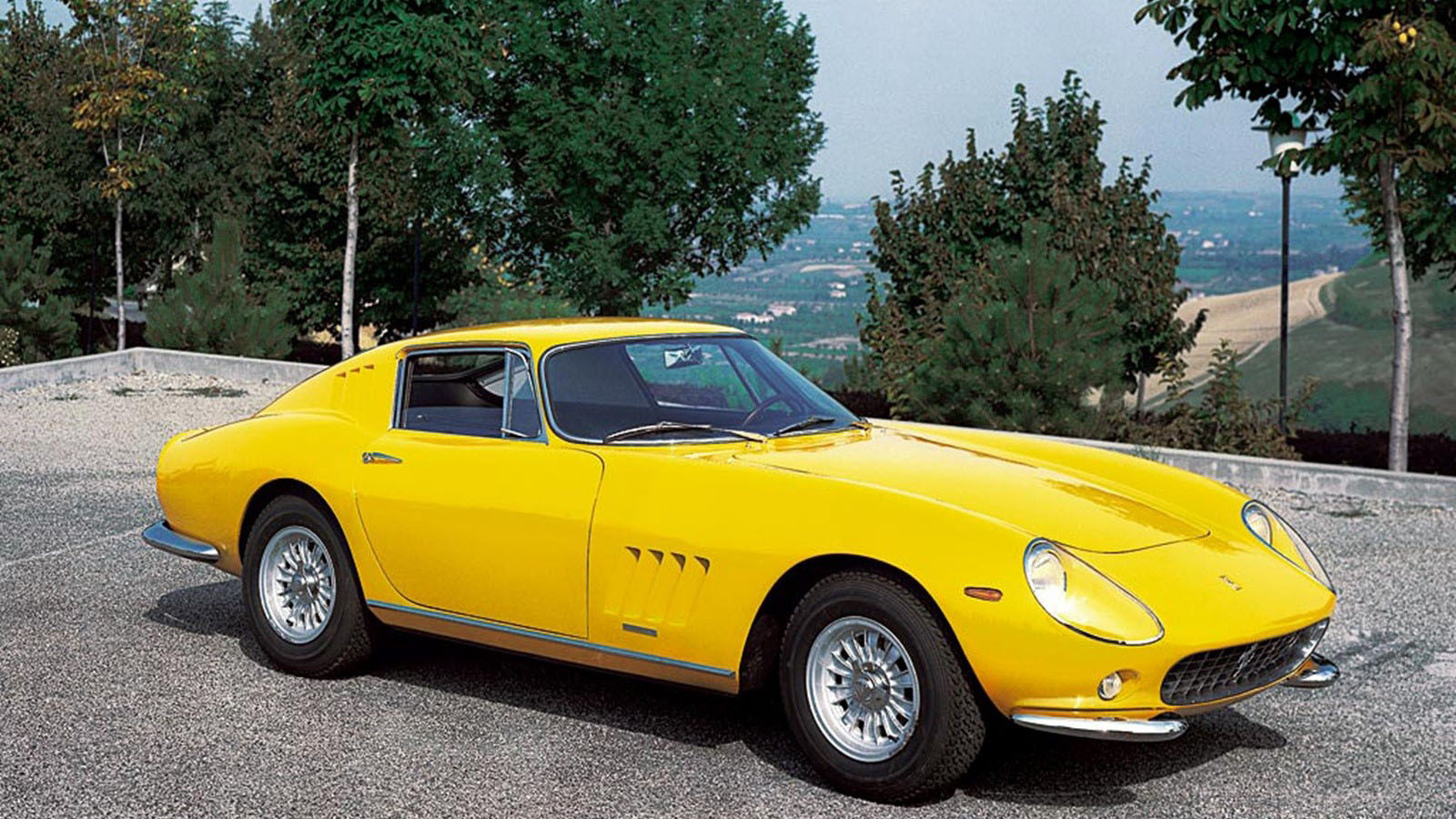 © Ferrari
© Ferrari -
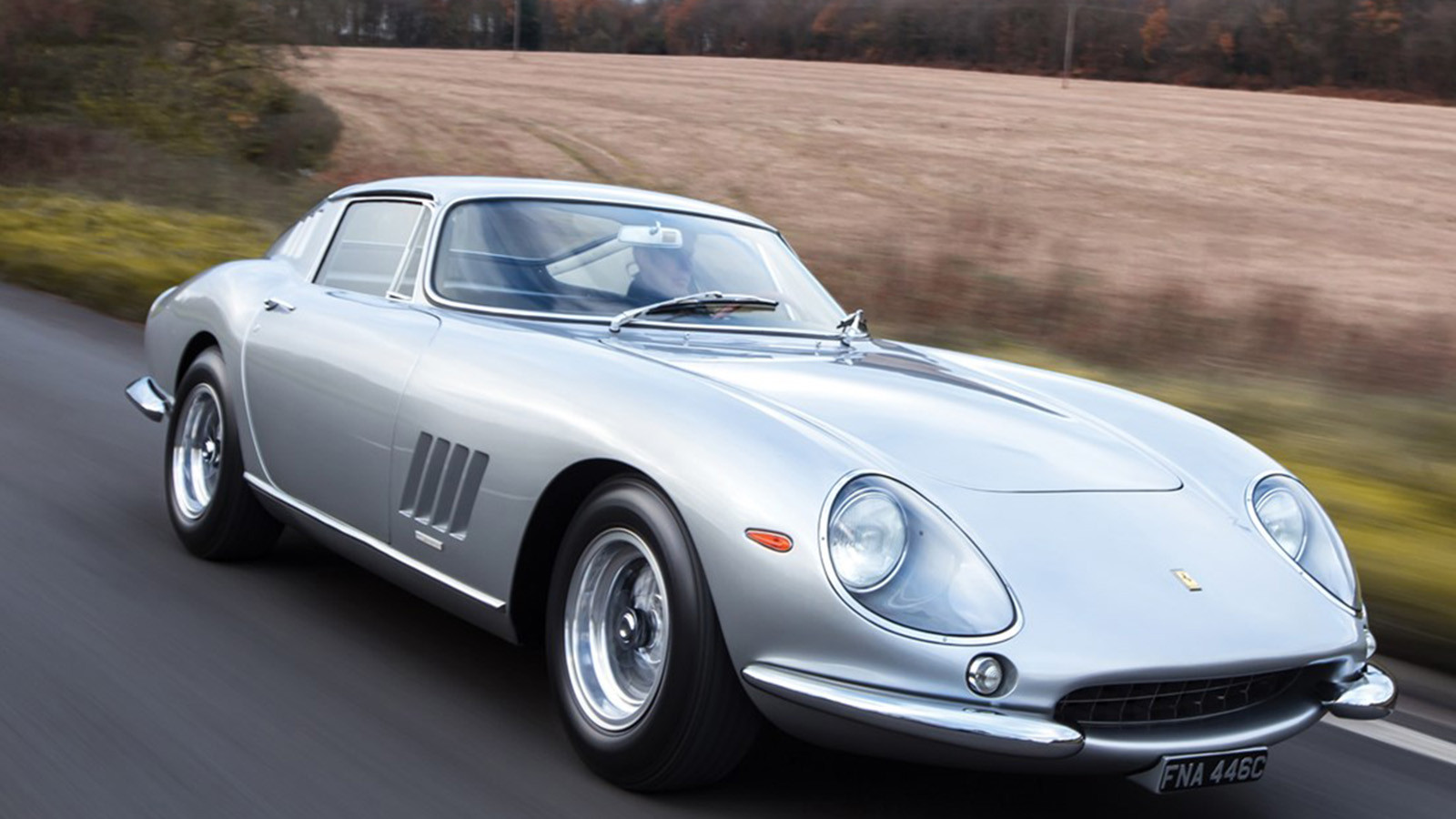 © RM Sotheby’s
© RM Sotheby’s -
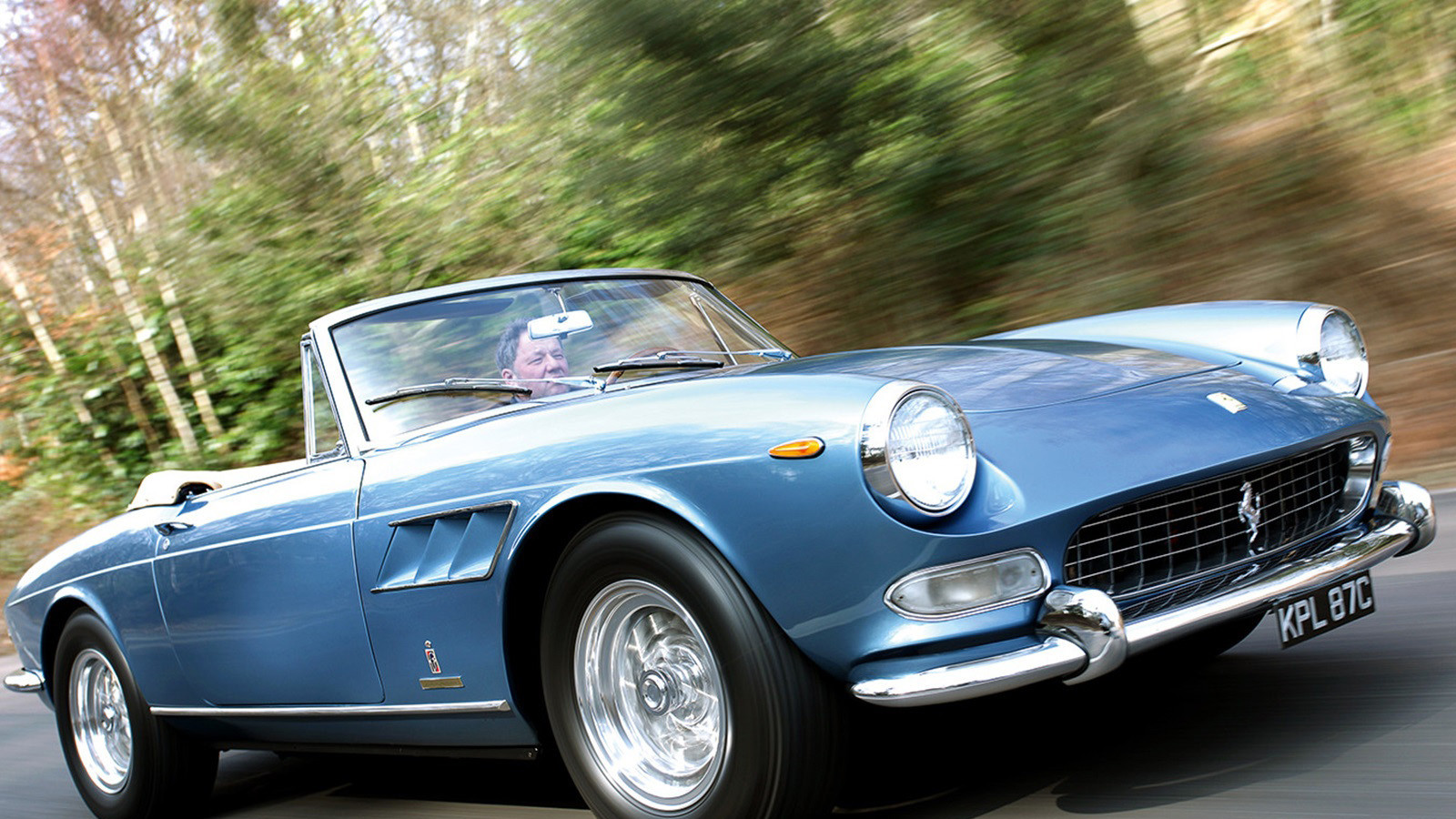 © James Mann/Classic & Sports Car
© James Mann/Classic & Sports Car -
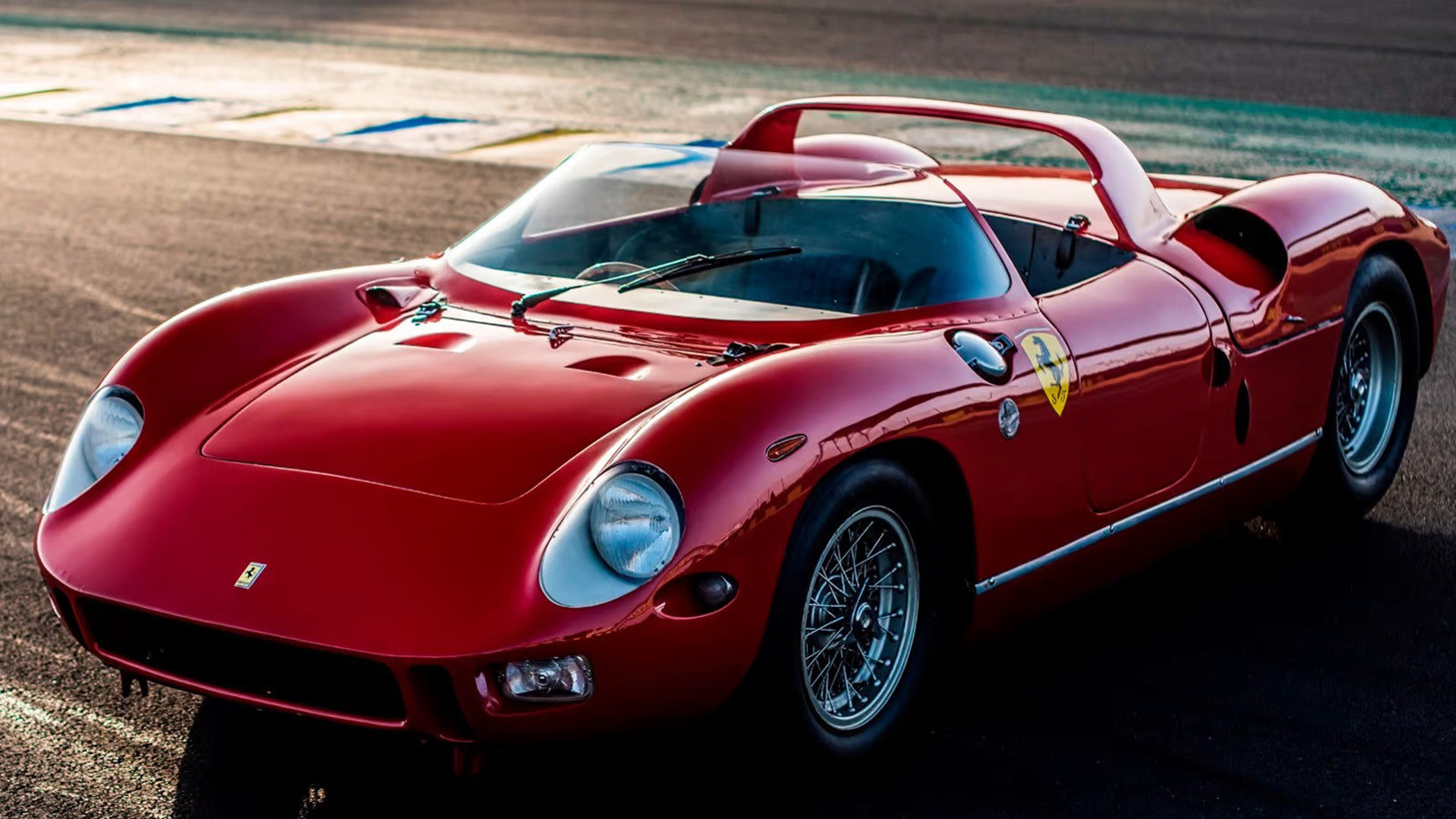 © RM Sotheby’s
© RM Sotheby’s -
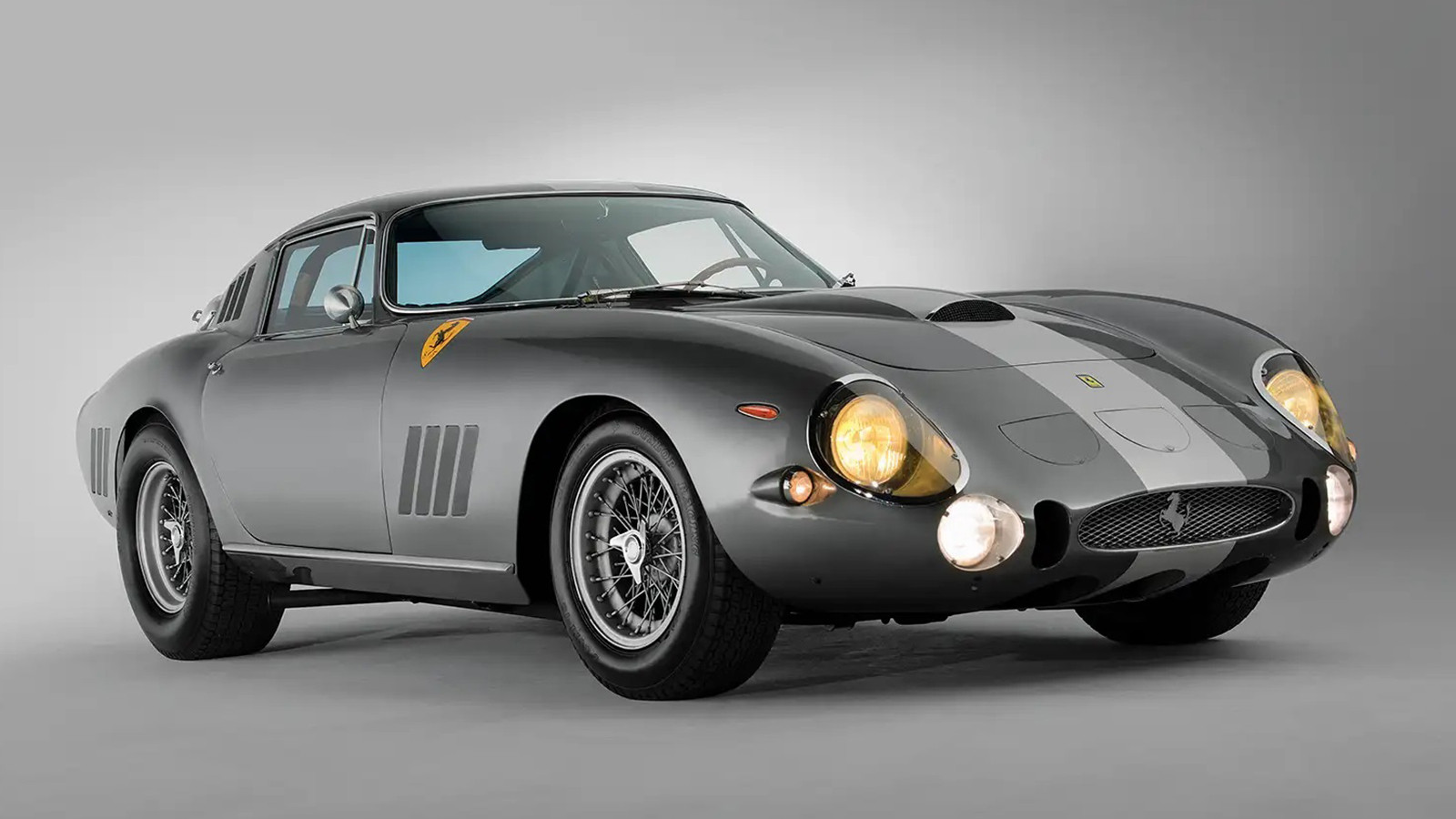 © RM Sotheby’s
© RM Sotheby’s -
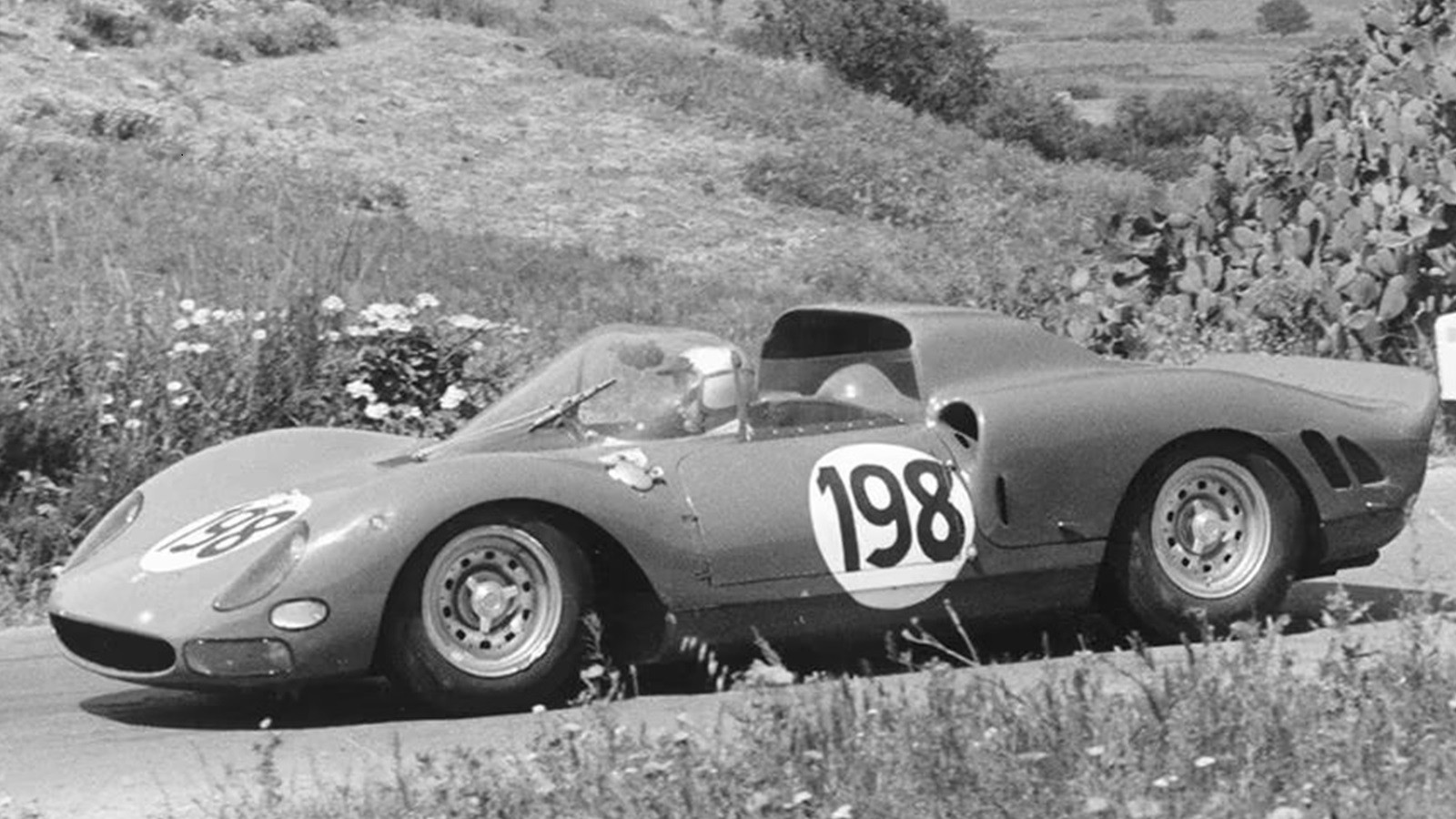 © Ferrari
© Ferrari -
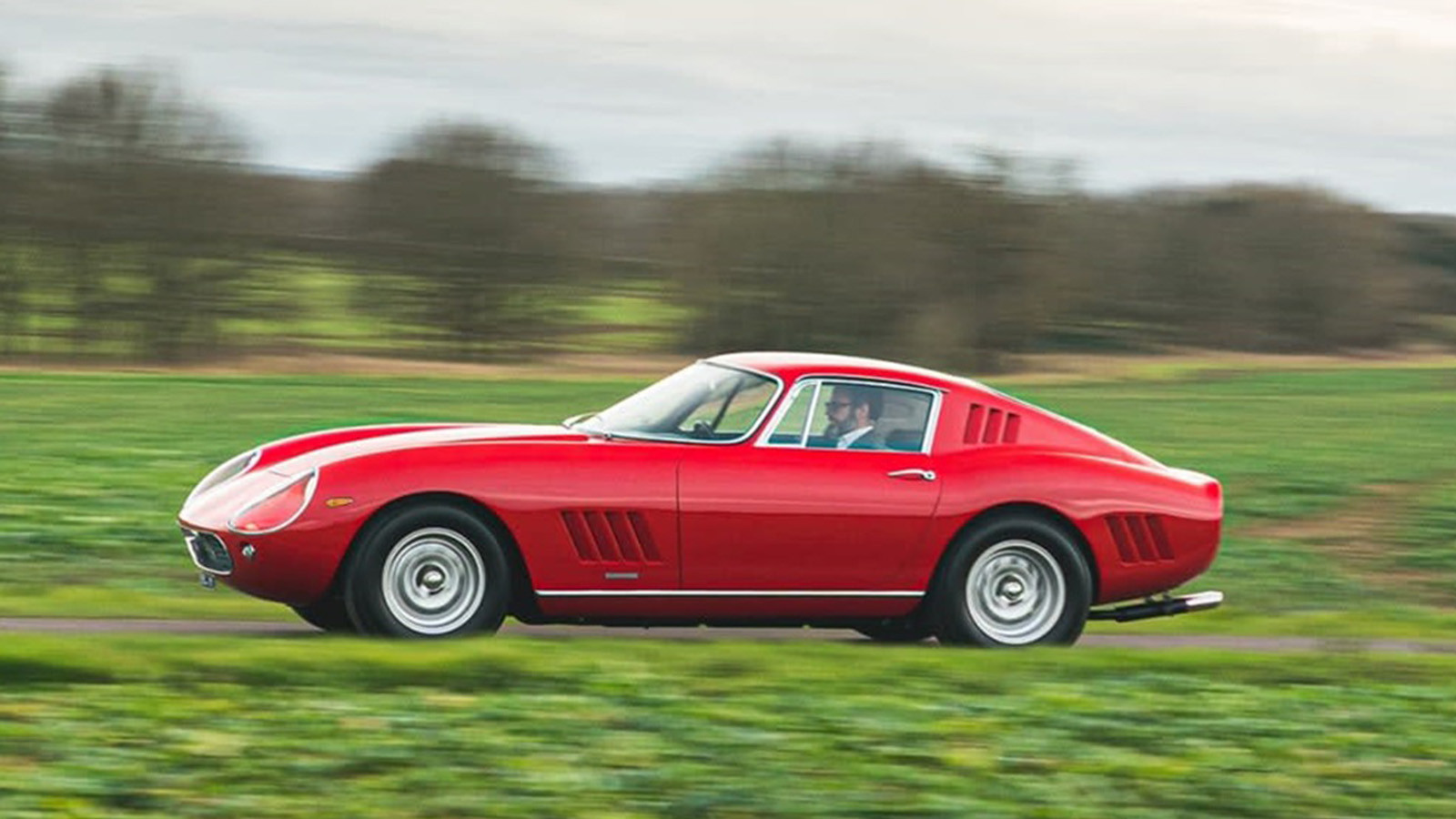 © Girardo & Co
© Girardo & Co -
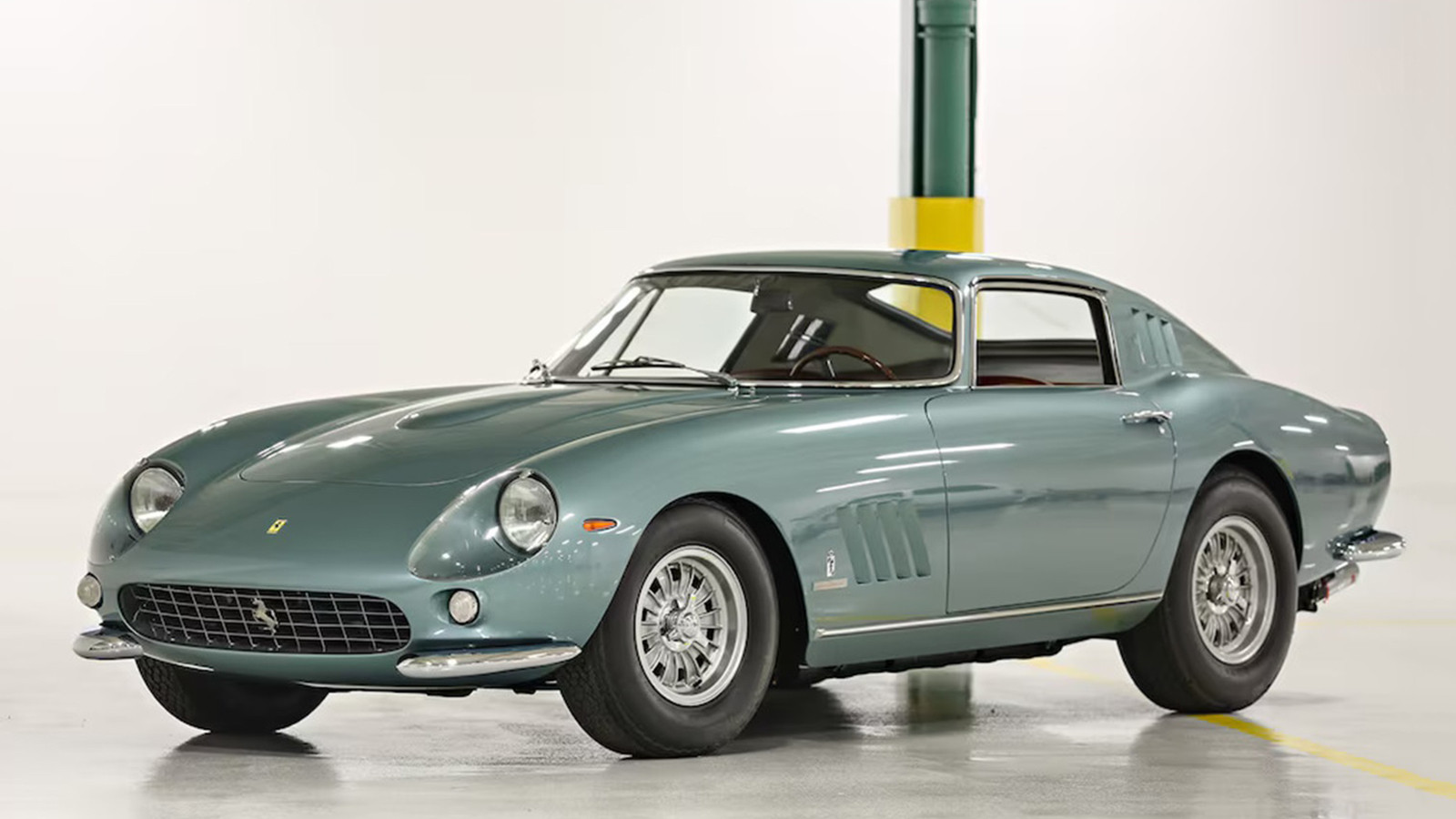 © Gooding & Company
© Gooding & Company -
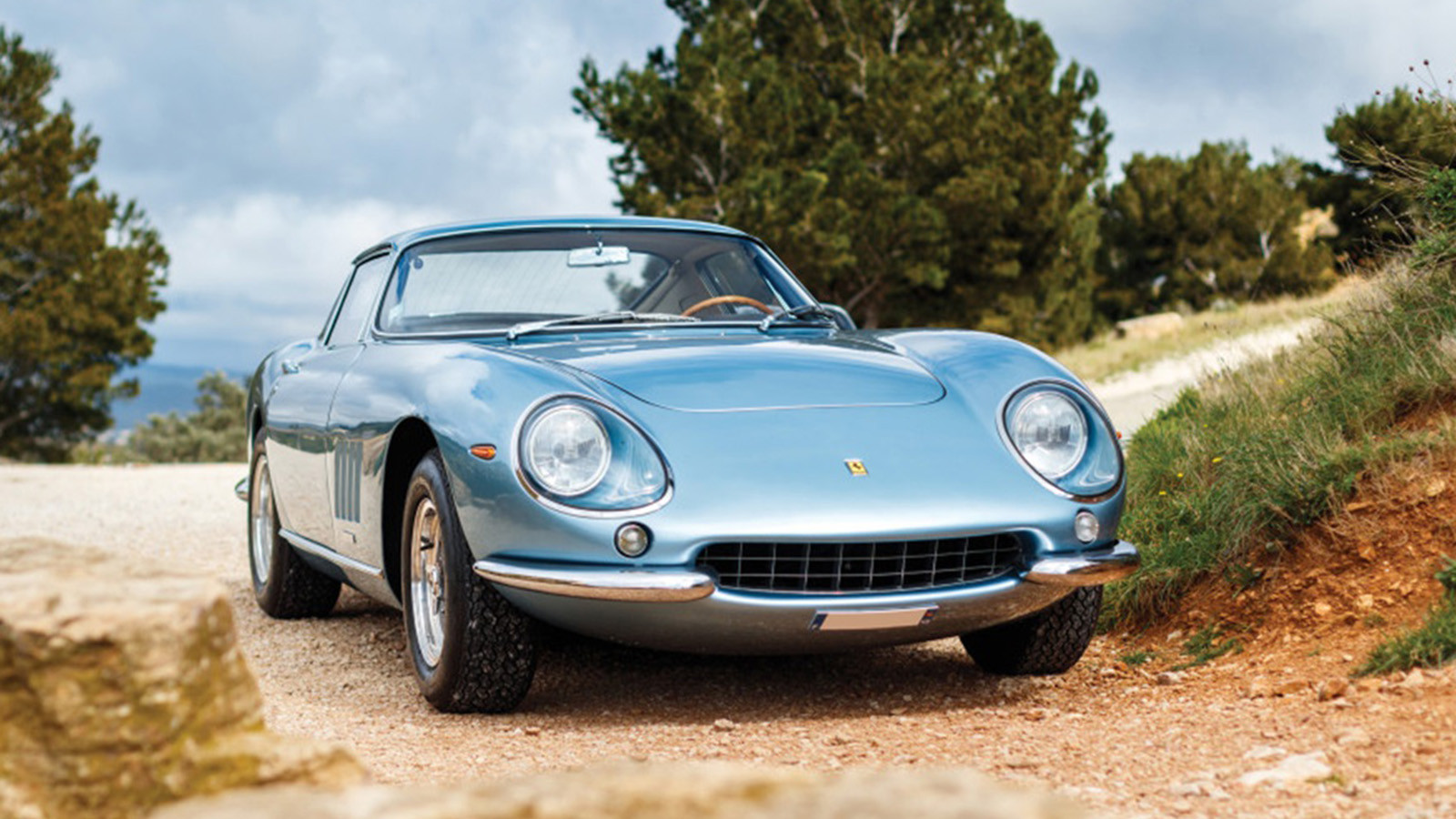 © RM Sotheby’s
© RM Sotheby’s -
 © DK Engineering
© DK Engineering -
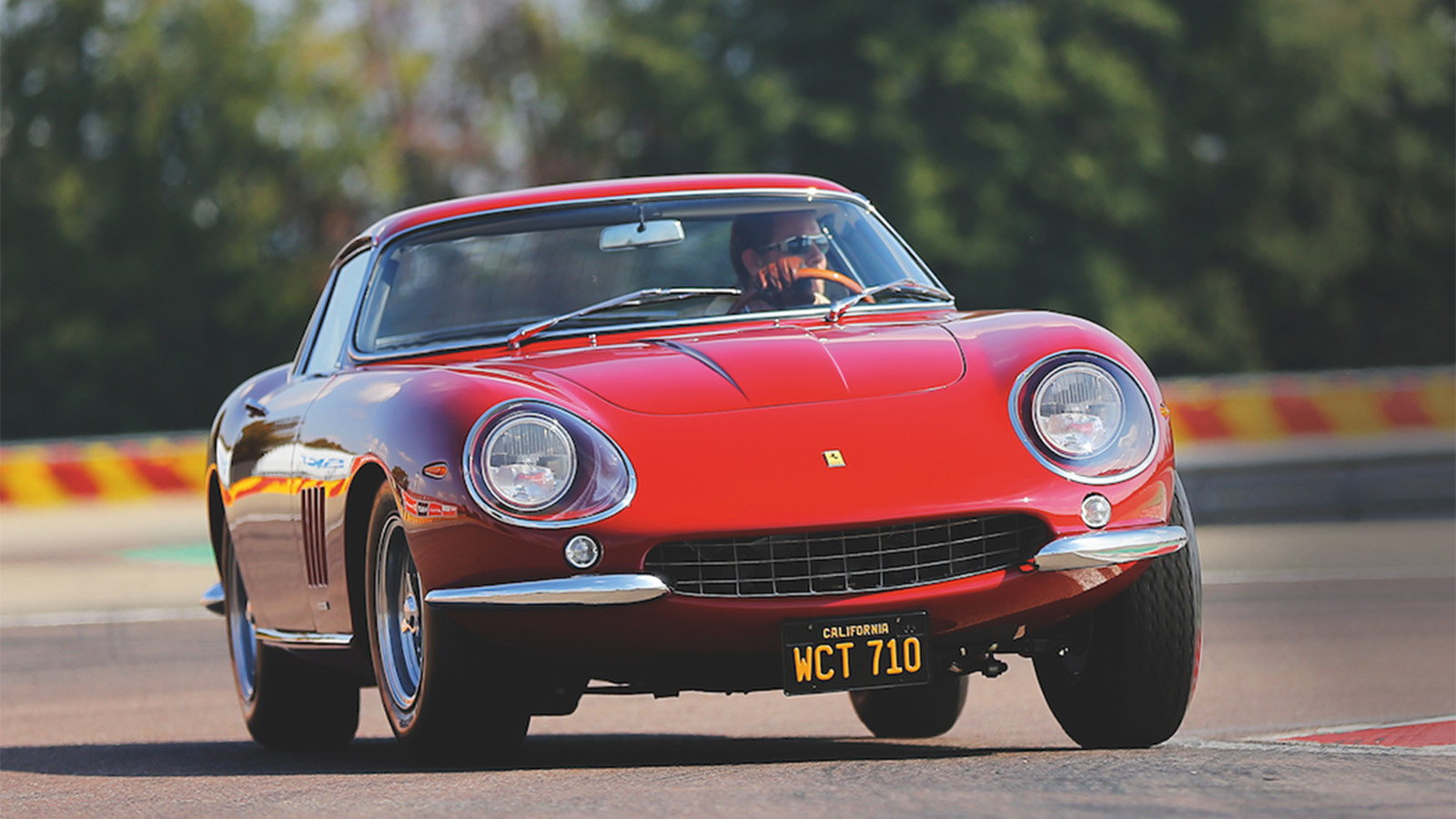 © Julian Mackie/Classic & Sports Car
© Julian Mackie/Classic & Sports Car -
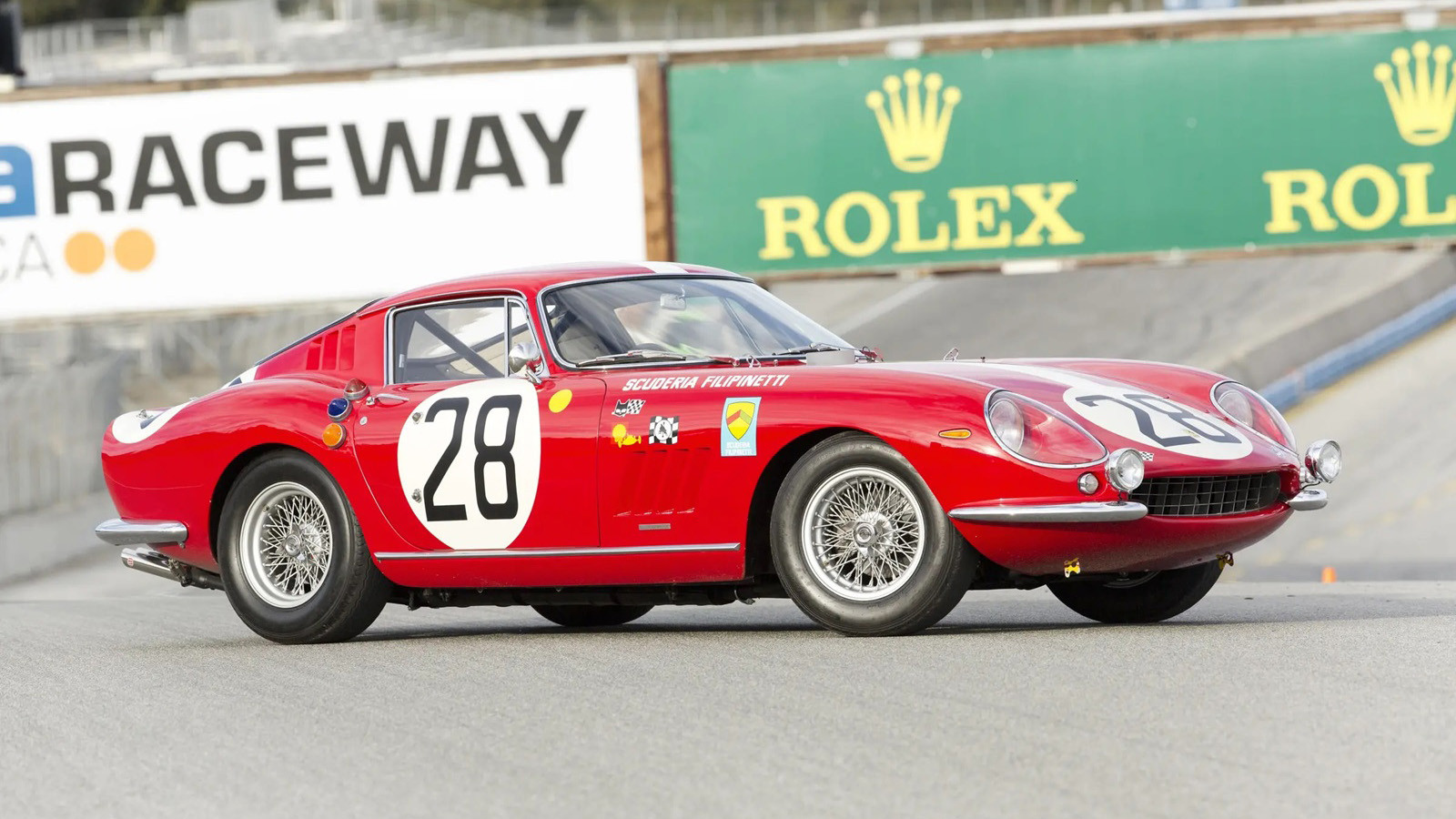 © Bonhams|Cars
© Bonhams|Cars -
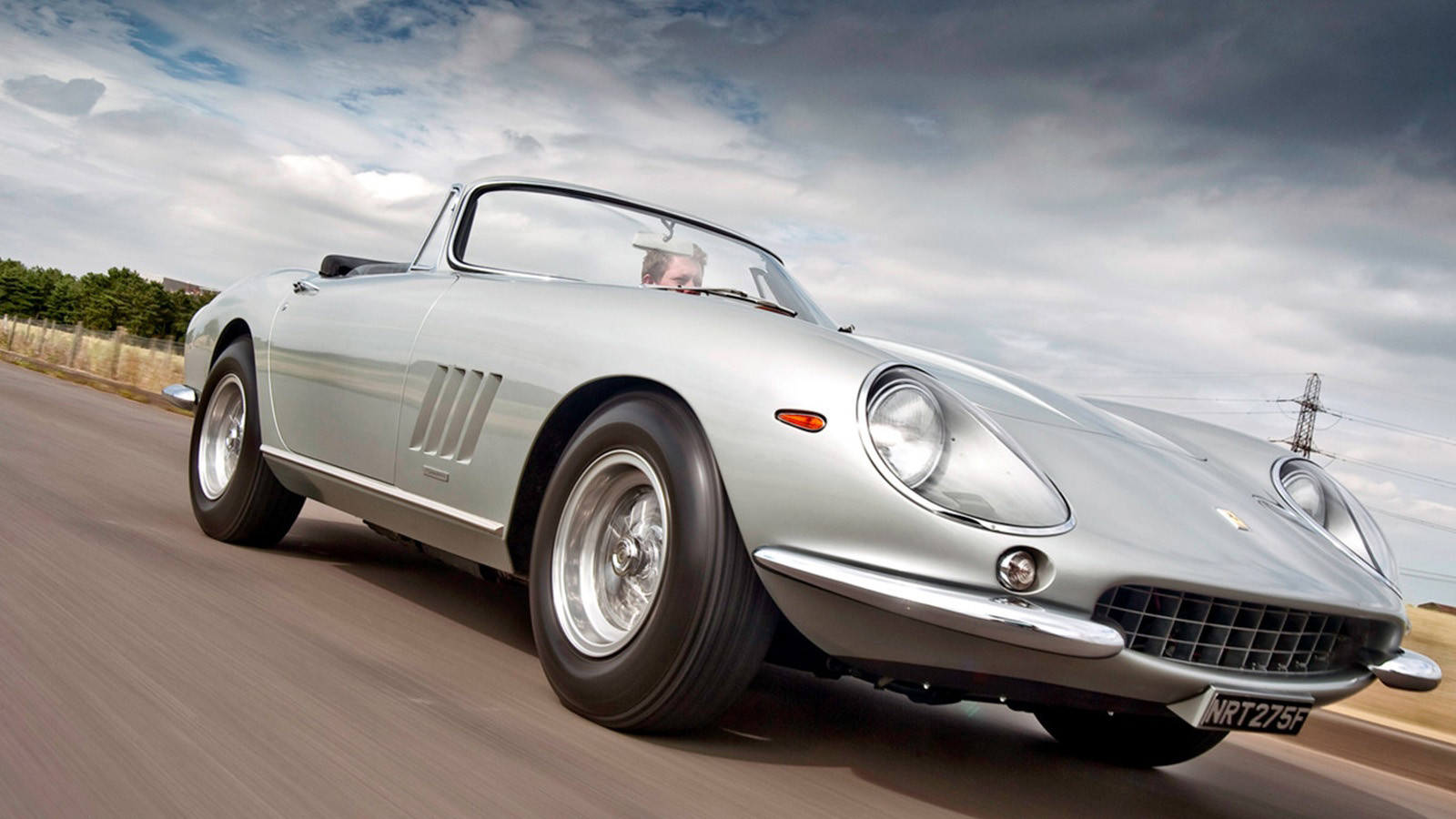 © James Lipman/Classic & Sports Car
© James Lipman/Classic & Sports Car -
 © Ned Jackson/RM Sotheby's
© Ned Jackson/RM Sotheby's -
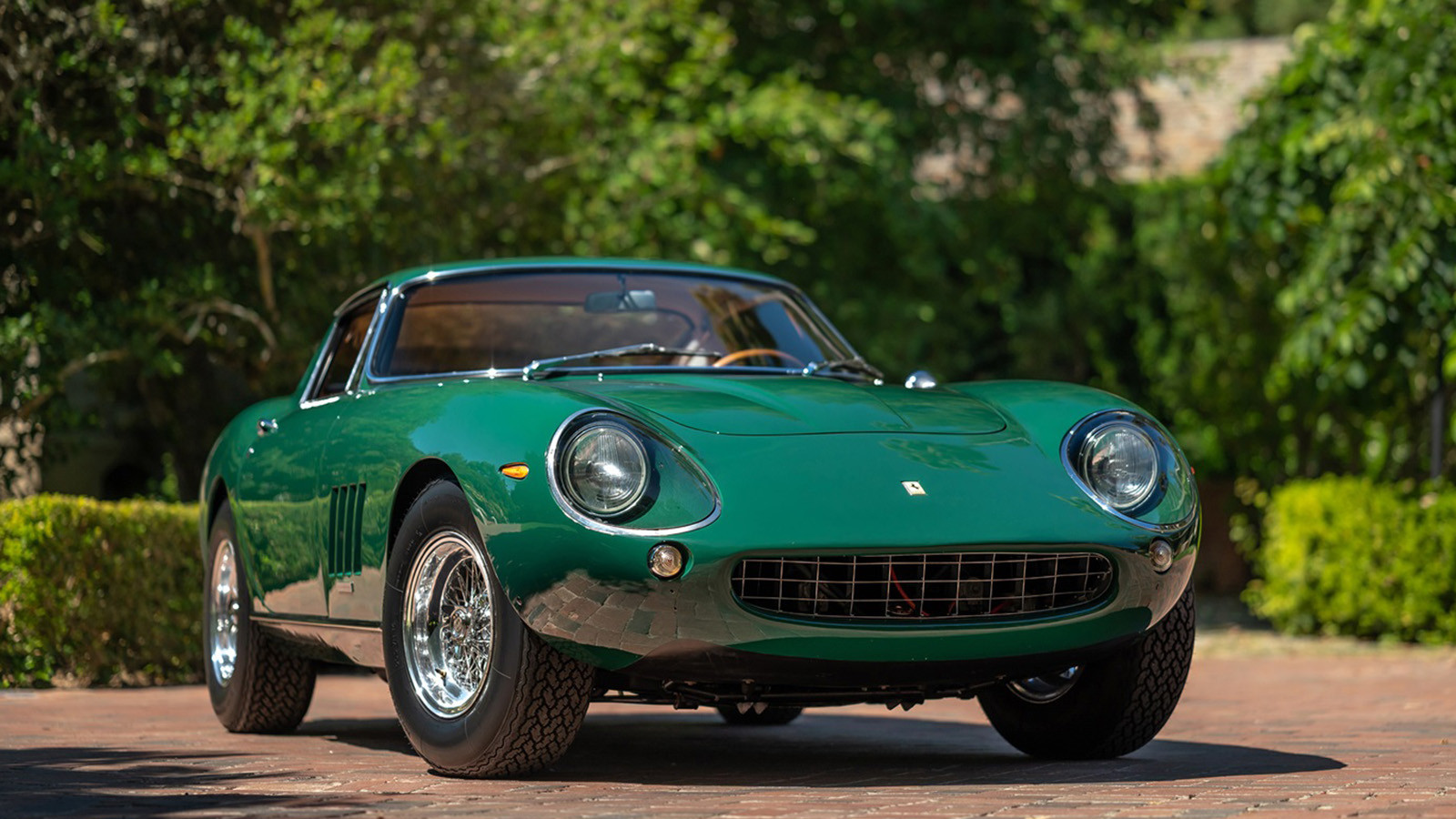 © RM Sotheby’s
© RM Sotheby’s
-
Happy 60th to the Ferrari 275
One of Ferrari’s most revered models, the 275GTB, turns 60 in 2024, which is all the excuse we need to take a look at this car’s development.
For a range that sold fewer than a thousand cars between 1964 and 1968, the 275 line-up had a huge impact on Ferrari, its customers and even on the race track.
Here’s our run-though of the Ferrari 275’s all-too-brief production life, with the cars presented in chronological order.
-
1964 Ferrari 275GTB
The Ferrari 275GTB was a logical replacement for the gently ageing 250GT Lusso and the entire 250 range, which had been doing sterling service since 1953.
However, the 275 was more radical than its merely up-to-the-minute sleek shape.
Underneath, there was a traditional, oval-tube, steel ladder frame chassis, but at the rear there was now fully independent suspension.
Another major step forward for Ferrari was to use an integrated rear axle and gearbox transaxle.
This was a five-speed unit that was driven by the 3286cc Colombo V12 engine, which Ferrari claimed made 276bhp and gave a 160mph top speed.
All Ferrari 275GTBs were styled by Pininfarna and the body was made by Scaglietti, and these early models came to be known as ‘short-nose’ cars after the model’s mid-life styling update.
-
1964 Ferrari 275GTB alloy body
As standard, the Ferrari 275GTB was delivered with a steel body to most customers.
However, if you had club competition in mind, or simply wanted a lighter and faster 275, Ferrari would oblige with an aluminium-bodied version.
Even the standard steel cars used aluminium for the doors, bonnet and bootlid, but full-alloy cars swapped the whole steel structure for the lighter material.
For those who could afford this option when new, the benefit was a car that tipped the scales at a whole 100kg (220lb) less to improve the power-to-weight ratio and performance with no need to tune the engine.
-
1964 Ferrari 275GTS
Often viewed as less desirable than its coupé sibling, the 275GTS was Ferrari’s take on the grand-tourer convertible.
Under the more restrained styling by Pininfarina, the GTS used exactly the same chassis, suspension and mechanical components as the 275GTB.
The GTS did, however, come with Borrani wire wheels as part of its package, where the coupé usually had cast-alloy wheels.
Inferior aerodynamics and greater weight because of the folding-roof mechanism meant the GTS had a top speed of 145mph, versus the coupé’s 160mph.
The GTS only lasted in the 275 line-up to 1966, by which time 200 had been built. This makes it rarer than the coupé.
-
1964 Ferrari 275 P
The mid-engined Ferrari 275 P pure competition car has little in common with the sleek, roadgoing coupé that bears the same designation and was launched in the same year.
However, there is a crucial link between the competition department’s machine and the road car.
When Enzo Ferrari was frustrated by the FIA (Fédération Internationale de l’Automobile) not allowing his new racing car to run under GT regulations and forcing it to compete as the prototype it really was, he decided to create a special series of front-engined 275s for race use.
Without the 275 P and the dispute between Ferrari and the FIA, the 275GTB Competitizione Speciale would not have come about.
-
1964 Ferrari 275GTB Competizione Speciale
If the FIA had accepted Enzo Ferrari’s ruse to run the 275 P as a GT car, the chances are the 275GTB Competizione Speciale would never have come about.
Faced with the dilemma of no GT race contender, the factory created three experimental cars based on the 275, which became known as the Competizione Speciales.
These racers came with a 296bhp version of the 3.3-litre V12 and thinner-gauge aluminium bodywork than a road car’s.
Along with a lighter chassis, magnesium parts for the engine and transaxle, and Plexiglass windows, it’s reckoned Ferrari got the Speciale’s weight down to 860kg (1896lb) from the road car’s usual 1098kg (2420lb).
Three Competizione Speciales were built in 1964 and the FIA initially refused to homologate it, too.
However, Ferrari threatened to walk away from the GT class and the FIA relented, which allowed a 275GTB Competitizione Speciale to take third overall in the 1965 Le Mans 24 Hours.
-
1964 Ferrari 275 P2
From an illustrious line of Ferrari P models, the 275 P2 was a progression of earlier 275 P.
Like its predecessor, the P2 bore no similarities to the road car, yet the shared name helped Ferrari market its road cars with the halo of motorsport success.
There was also another area where track and road 275s crossed paths, because the P2 used a twin-overhead-camshaft set-up for its V12 engine, which would be introduced for the 275GTB/4 in 1966.
The P2 proved an able racing car and won on its debut at the Monza 1000km event in April 1965, with Jean Guichet and Mike Parkes driving.
-
1965 Ferrari 275GTB Competizione Clienti
Following the work to create the 275GTB Competizione Speciale, Ferrari decided to offer a limited series of slightly less-extreme, race-focused cars to a select few customers. The result was the Competizione Clienti.
Just 10 were produced by the competition department in 1965, all with a 7000-series chassis number, and sold only to chosen privateer racing teams.
All were based on the earlier ‘short-nose’ body and built in lightweight aluminium.
Unlike road cars with the alloy body, the Clienti cars featured a shorter rain gutter above the doors. There are also three extra vents on either side behind the rear wheelarch.
The engine was claimed to be standard, but it was carefully balanced by the factory and came with six downdraught Weber carburettors. A larger fuel tank was fitted with a quick-release filler cap, too.
-
1965 Ferrari 275GTB Speciale
Ferrari delivered two chassis to Pininfarina to develop the 275GTB.
One of these was bodied as expected to be the prototype of the production model, but the other chassis was reserved for none other than Battista Pininfarina, the boss of the carrozzeria.
While Scaglietti took care of building the bodies for the production 275s, this was the only car with bodywork made in-house by Pininfarina. It shares the ‘short-nose’ styling, but with many differences.
Subtle changes for this car include the bonnet bulge to clear the engine’s six carburettors and a bonnet badge inset into the panel.
Another unique feature is the front quarterlight window on the passenger side, yet there is no matching one for the driver’s window.
-
1966 Ferrari 275GTB ‘long nose’
With the arrival of an updated 275GTB in late 1966, Ferrari gently modified the looks and mechanical specification of the car.
The most obvious change was the longer, lower front-end treatment with a small air intake to improve aerodynamics and high-speed stability.
This led to the series two version of the 275GTB being referred to as the ‘long nose’ and resulted in the earlier model being called the ‘short nose’.
Other updates for the 275GTB included adding a torque tube between the engine and transaxle, while a larger rear window and bigger boot were practical additions.
-
1966 Ferrari 275GTB/6C
Regarded by many as the ultimate roadgoing coupé version of the Ferrari 275GTB, the 6C combined the pick of expensive options to create something tantalising out of an already very special model.
The 6C name references this rare GTB’s six carburettors for the 3.3-litre V12 engine, in place of the standard three carburettors.
This was claimed to increase power to 320bhp, a rise of 40bhp over standard. Combine that with the 100kg (220lb) lighter aluminium body and this version was an exceedingly quick car.
It’s thought Ferrari only built around 60 GTBs in alloy and just 25 were fitted with the six-carb engine. From that limited number, a mere six were sold with right-hand drive.
-
1966 Ferrari 275GTB/4
The 1966 Paris motor show saw Ferrari unveil the 275GTB/4, which was a further improvement on the already-launched series-two car with its longer nose.
However, there were visual clues to the four-cam model with its bonnet bulge and Campagnolo magnesium-alloy wheels as standard.
Under the bonnet was a 3.3-litre V12 now with two camshafts per cylinder bank, which helped nudge power up with assistance from six carburettors as standard in place of the previous three.
The upgrades to the engine were deemed sufficient to give it a new number and it became the Tipo 226, where earlier 275s had a Tipo 213 engine.
There were also other small changes made to the 275’s cooling and exhaust systems to account for the greater power.
-
1966 Ferrari 275GTB/C
Following on from the 10 Competizione Clienti cars it had built, Ferrari introduced the 275GTB/C in 1966 as an updated, improved racing model for wealthy privateers.
A lighter chassis was the basis of the GTB/C and it came with thin aluminium bodywork.
It looked much the same as the series-two ‘long-nose’ car, although there were differences such as a marginally shorter front section and wider arches. The bumpers were also much thinner than standard and purely for show.
As well as weighing 150kg (330lb) less than a standard GTB, the C had firmer springs and shock absorbers, plus disc brakes with quick-change pads.
-
1967 Ferrari 275GTS/4 NART Spyder
It may have had GTS in its name, but this Ferrari 275 was a true Spyder version of the coupé, rather than the earlier 275GTS that was more of a grand tourer.
The 275GTS/4 NART Spyder was produced at the request of US importer Luigi Chinetti to replicate the success of the 250 California Spiders.
He reckoned on selling 25, but only 10 were built, with the model taking on the name of his North American Racing Team.
The open two-seat bodywork was created by Scaglietti based on chassis supplied from the factory. Each used the same engine and mechanical set-up as the GTB/4 coupé.
The first 275GTS/4 was driven by Denise McCluggage and Marianne Rollo in the 1967 12 Hours of Sebring, finishing second in class and 17th overall.
-
1967 Ferrari 275GTB/4 Competizione Speciale by Allegretti
Not built in period, this one-off Ferrari 275GTB/4 is still widely regarded as what the factory could, or should, have done with a competition version of the four-cam model.
Based on the remains of a crashed car, it was commissioned by Greg Garrison with bodywork by Allegretti that mixes 275GTB Competition and 250GTO styles.
As well as its impeccable build standards, this car’s acceptance in Ferrari circles was also helped by Greg Garrison being a noted customer for one-off cars from the Ferrari factory, and he first met Enzo Ferrari in the mid-’50s and was close to him.
-
1967 Ferrari 275GTB/4 ‘Del Rio’
Ferrari was not famed for its willingness to make one-off cars in the 1960s, so it’s a testament to how valued US stockbroker Daniel Del Rio was as a customer that this 275GTB/4 was built.
Many one-off features were ordered for the car, including moving the front grille forward in its opening and adding a single, painted racing mirror on the driver’s door.
There’s also a racing-style fuel-filler cap and the car is finished in a colour named after its owner, Del Rio Verde Medio.
Del Rio also ordered Borrani wire wheels and an 8.32 rear-axle ratio to further distance this car from other 275s, and he asked for the bumpers to be deleted from his car.
The inside is also bespoke with its Arancia Connolly leather upholstery and black-leather dash that does without the usual wood panels.
